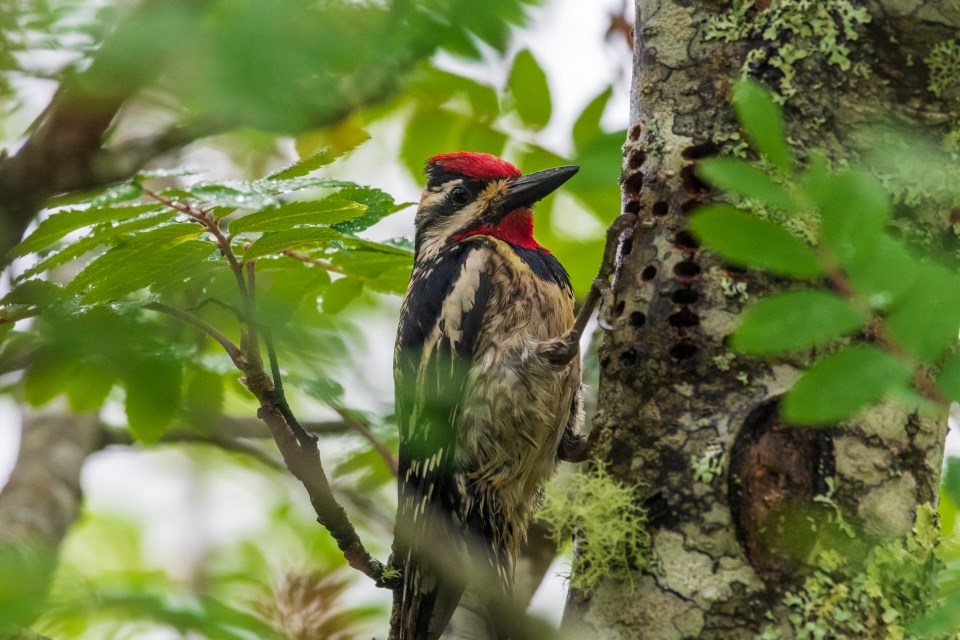Last updated: October 20, 2020
Thing to Do
Birding the Carriage Roads

Acadia National Park’s forty-five miles of historic crushed gravel carriage roads allows for the perfect birdwatching and biking combination. The carriage roads allow you to explore a large proportion of Acadia National Park while stopping along ideal habitats to watch and listen for bird activity. The carriage roads can be explored anytime of the summer or fall for either migrating birds passing through or to observe the breeding behavior of Acadia’s nesting songbirds.

Will Greene, Friends of Acadia, NPS
Although any section of the carriage roads can be a good birdwatching spot, there are two loops, Witch Hole Pond and Aunt Betty Pond, that are known to be especially active with a variety of bird species. The Witch Hole Pond loop, a roughly four-mile loop accessed from either the Hulls Cove Visitor Center, Duck Brook Road or even Eagle Lake access point, takes you around and by a few different ponds all surrounded by wetland habitat. The edge area along Witch Hole Pond is excellent for Common Yellowthroat, Alder Flycatcher and Swamp Sparrow. During May or June, Belted Kingfisher, Great Blue Heron and Common Merganser have been known to breed on some of the nearby ponds. The mixed forest along the loop also hosts common breeding songbirds such as Black-throated Green Warbler, Red-eyed Vireo, and Northern Parula.
Aunt Betty Pond loop is another area along the carriage roads that can produce good bird activity. This loop is best accessed from the Eagle Lake access point. Set out toward Signpost 11 and loop back toward Signpost 8 along the west side of Eagle Lake. Aunt Betty Pond is much more of a wetland than pond and its surrounding mixed forest holds a good number of migrating and breeding bird species. The wetland area is excellent to search for Swamp Sparrow, and Tree Swallow. Additionally, it is one of the few areas of Acadia that has hosted breeding Northern Waterthrush. The bike ride to and from Aunt Betty Pond is a good opportunity to keep an ear out for singing Blackburnian Warbler, Eastern Wood-Pewee, or Winter Wren during the summer months.
Jordan Pond, Day Mountain, Amphitheater, and Around the Mountain loops are all excellent carriage roads to see breeding thrushes, warblers, and sparrows as you ride along.
Notable Acadia Species: Green Heron, Orange-crowned Warbler, Wood Thrush, Ring-necked Duck
